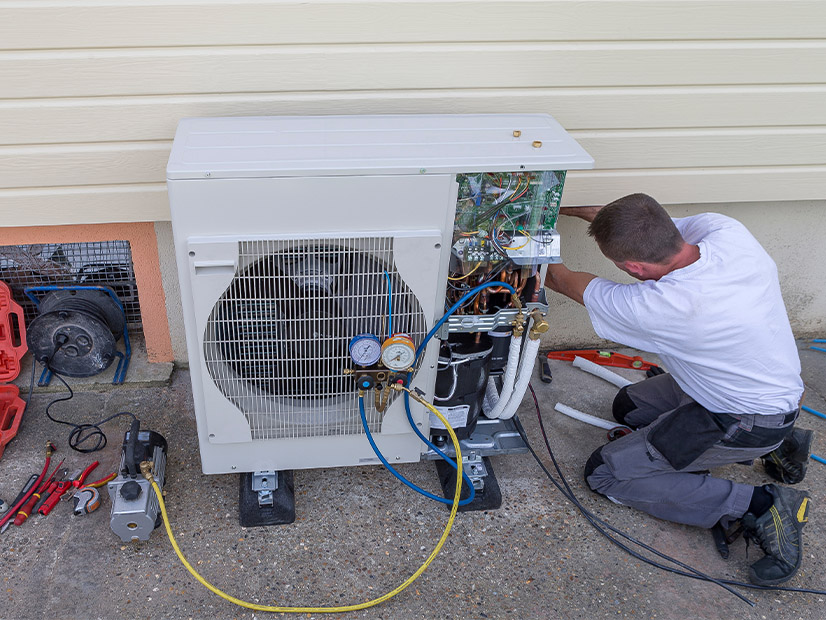
A coalition of 25 governors on Thursday committed to a goal of 20 million heat pumps operating in their states by 2030.
The announcement was part of a series of decarbonization announcements by the U.S. Climate Alliance during Climate Week NYC.
Reaching that target would quadruple the number of heat pumps in those states.
The heat pump initiative is part of the Alliance’s goal of promoting new zero-emission construction while eliminating emissions from existing buildings.
Washington Gov. Jay Inslee (D), a co-chair and founding member of the Alliance, said Thursday the effort is simple to understand:
“We want to be warm in the winter, and we want to be cool in the summer, and we want to prevent the climate from collapsing all year long,” he said. “There is no better invention in human history to do those three things than a heat pump.”
Heat pumps have gained momentum among consumers in recent years, and U.S. sales outpaced gas furnaces for the first time in 2022.
Heat pumps are substantially more efficient than traditional heating and cooling systems and can be significantly less expensive to operate. Tax incentives, utility rebates and promotional campaigns have helped boost sales.
But the upfront costs can be significant, particularly if other upgrades to the housing unit are needed.
As with many other energy transition and climate protection initiatives, Thursday’s announcement included economic justice and environmental justice components.
The heat pump initiative will be targeted in part at people who might have difficulty paying for the work.
The governors said the alliance supports an equitable transition to zero-emissions buildings by accelerating efficiency retrofits of homes and businesses, particularly for low-income families.
“We want to ensure that at least 40 percent of the benefits flow into disadvantaged communities,” said New York Gov. Kathy Hochul (D). “We could never leave people behind.”
The governors also said they would support development of zero-emission building codes and standards; seek innovative solutions to complex issues such as volatile energy prices, grid reliability and climate resilience; build a workforce for the clean energy transition; maximize federal funding streams; and lead by example, reducing emissions from state-owned structures.
Directly and indirectly, buildings account for about a third of greenhouse gas emissions. Increasing their efficiency and decreasing their carbon footprint is central to global climate protection efforts but also can provide benefits locally, through improved air quality and resulting improvements in public health.
The Alliance says its 24 states and one territory are home to 54% of the U.S. population and account for 58% of its economic output but are responsible for only 41% of the nation’s greenhouse gas emissions. Their clean energy workforce is 40% larger than that of the other 26 states.

